Looking to build an eco-friendly skincare routine in New Zealand but not sure if you’re doing it right? You’re not alone. In 2025, many Kiwis are embracing natural skincare but unknowingly falling into eco skincare mistakes NZ — like using “eco” products with hidden chemicals or skipping SPF because it doesn’t seem natural. In this guide, we’ll uncover 7 common eco skincare mistakes New Zealanders make and show you how to fix them naturally using Kiwi-sourced ingredients, local solutions, and smarter choices.

Mistake # 1. Believing “Natural” Always Means Safe Eco Skincare (NZ)
It’s easy to assume that if a product is labeled “natural,” it must be good for your skin. But in reality, some natural ingredients — like lemon juice or undiluted essential oils — can cause irritation, dryness, or even burns. Many Kiwis unknowingly apply raw DIY mixtures thinking they’re harmless. Just because it’s from nature doesn’t mean it’s safe for your face.
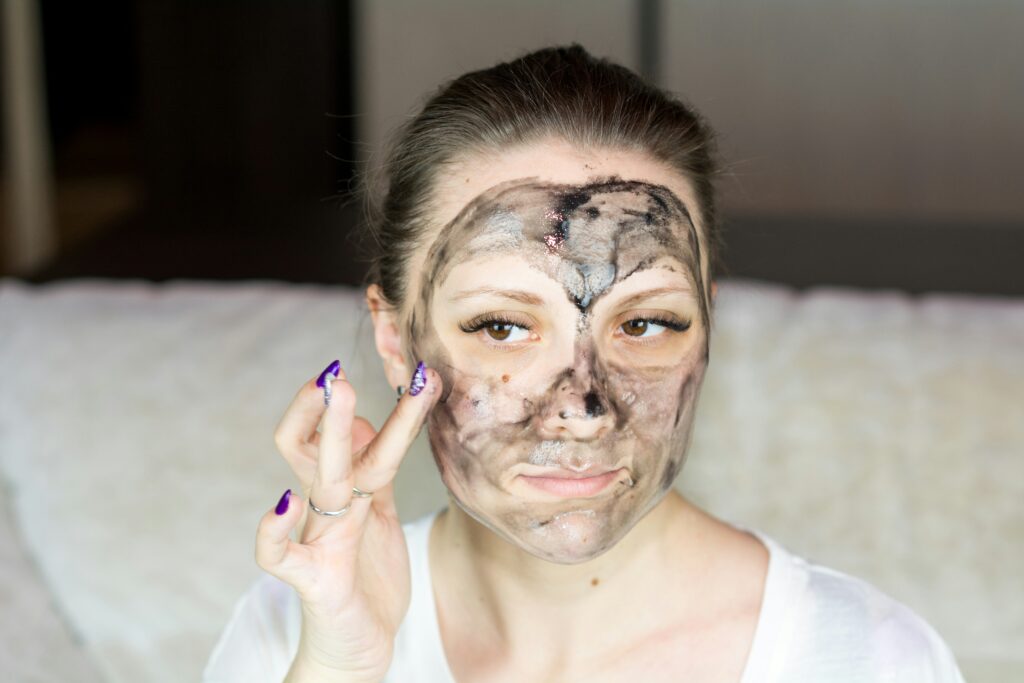
How to Fix It:
Always patch test natural products before applying them fully, and look for dermatologist-backed natural brands in NZ. Choose formulas that balance nature with science — like kawakawa-infused creams tested for sensitive skin.
Mistake # 2. Skipping SPF in Your NZ Eco Skincare Routine
Many Kiwis aiming for a natural routine avoid sunscreen, thinking it’s filled with chemicals that don’t align with eco values. But this is a dangerous myth. Sun damage is one of the leading causes of premature skin aging and skin cancer, even in cooler New Zealand climates. Natural oils like coconut or carrot seed do not offer reliable sun protection.
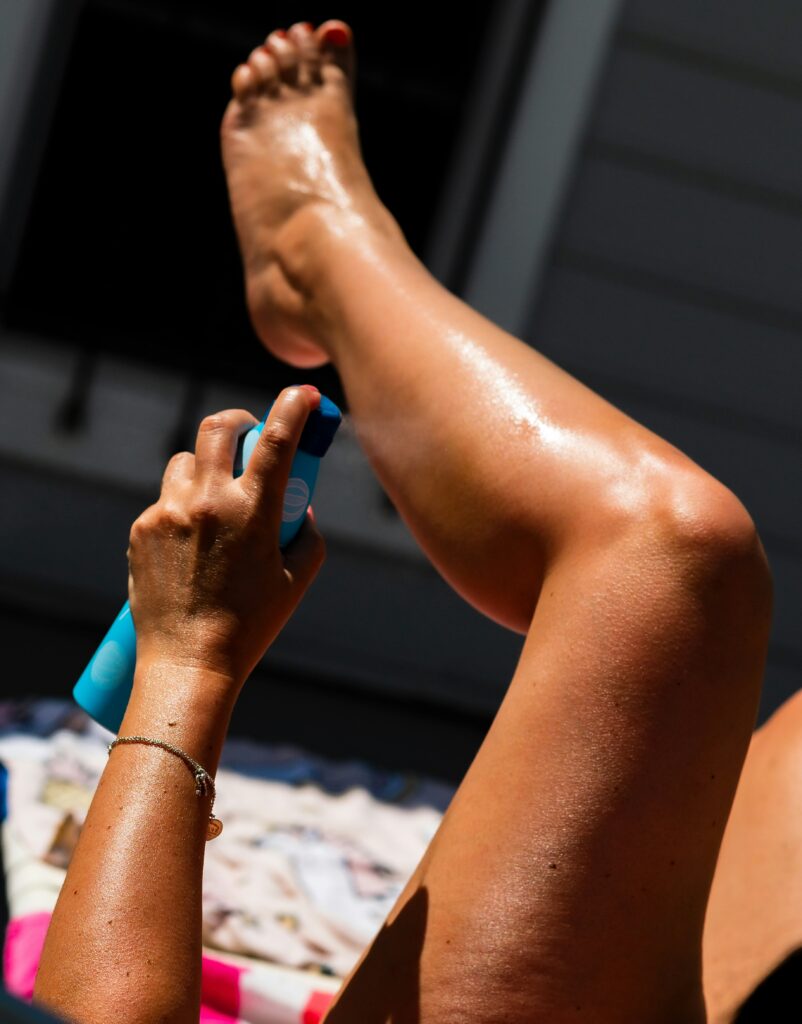
How to Fix It:
Use reef-safe, mineral-based sunscreens with zinc oxide or titanium dioxide. These options protect your skin without harming marine life, and many NZ eco brands now offer certified natural SPF solutions that are both safe and sustainable.
Mistake #3. Over-Exfoliating While Chasing Eco Skincare Glow”
Many Kiwis believe that scrubbing away dead skin will instantly reveal a glowing, youthful complexion. But over-exfoliating, especially with harsh scrubs or frequent chemical peels, can damage your skin’s natural barrier. This leads to redness, dryness, breakouts, and long-term sensitivity.
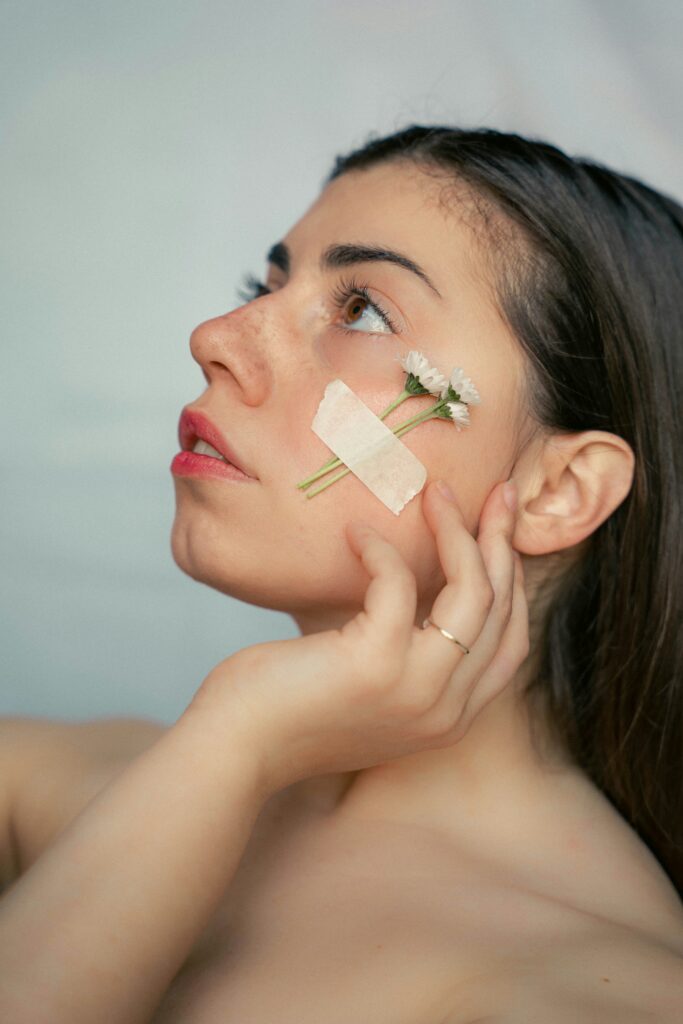
How to Fix It:
Many Kiwis believe that scrubbing away dead skin will instantly reveal a glowing, youthful complexion. But over-exfoliating, especially with harsh scrubs or frequent chemical peels, can damage your skin’s natural barrier. This may lead to redness, dryness, breakouts, and long-term sensitivity, all of which work against your eco skincare goals.
Mistake #4. Eco Skincare Mistake – Using Too Many Products at Once (NZ)
Many Kiwis fall into the trap of layering multiple serums, oils, and creams thinking it will speed up results. But overloading your skincare routine with too many active ingredients can lead to clogged pores, irritation, or breakouts, especially when products aren’t designed to work together. It’s a case of “more isn’t always better.”
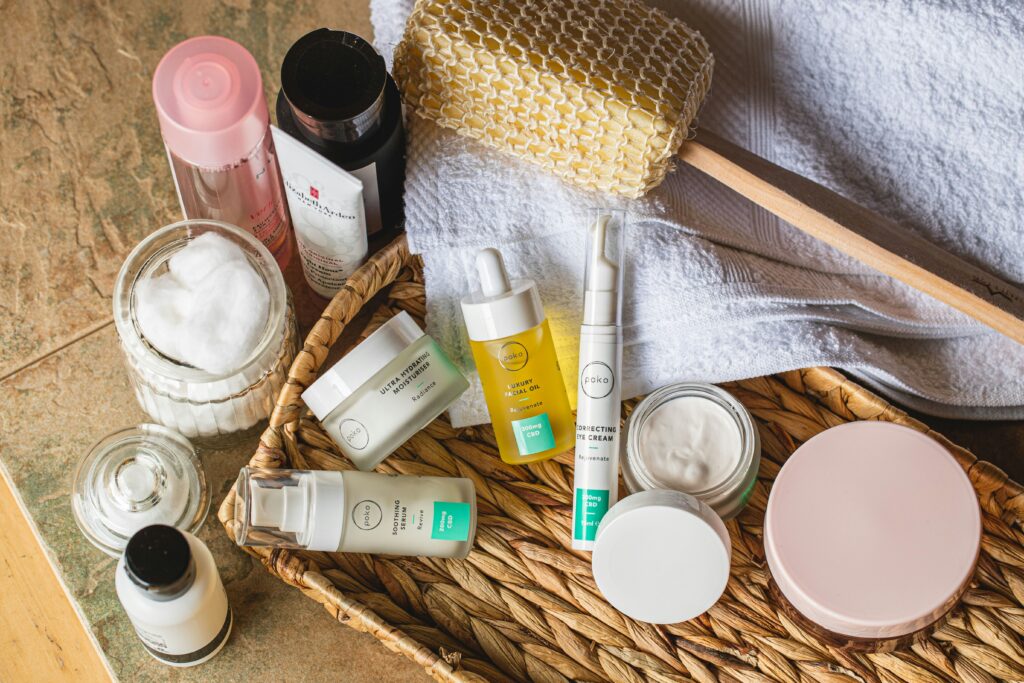
How to Fix It:
Simplify your routine by using a cleanser, moisturizer, and SPF as your core essentials. If needed, add just one active serum based on your skin type (like vitamin C or hyaluronic acid). Give products time to work before introducing new ones — and when in doubt, less is more.
Mistake #5. Ignoring Labels in Eco Skincare Products
Many eco skincare buyers skip the fine print, trusting “green” labels at face value. But not all natural or eco-friendly claims are regulated. Some products still contain synthetic fillers, fragrances, or allergens. Without reading the ingredient list, you could be applying chemicals that harm sensitive skin or the planet.
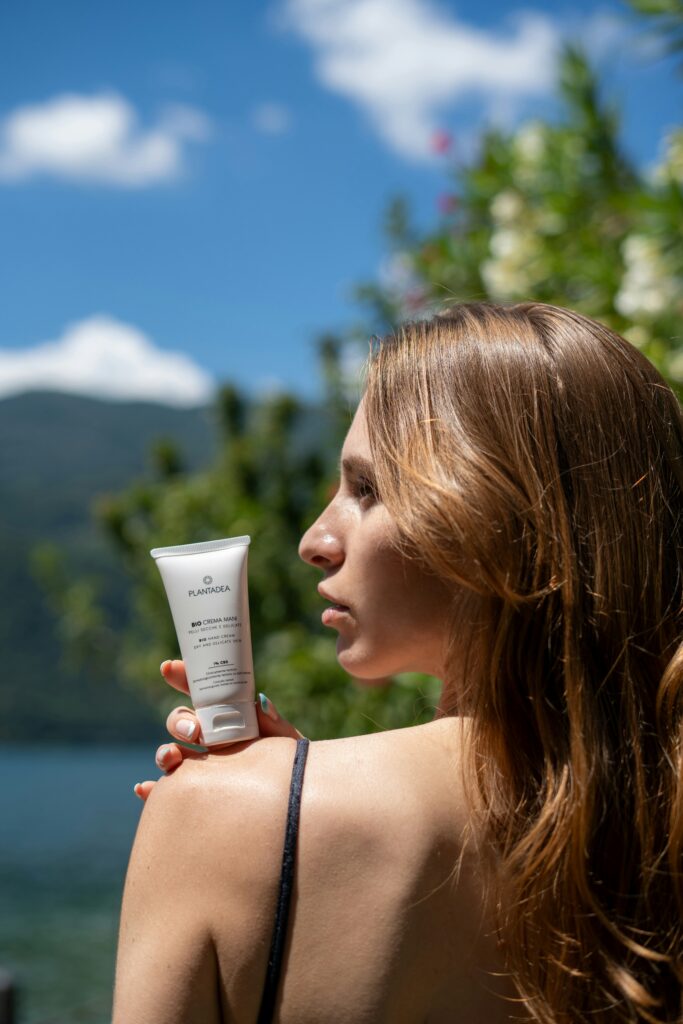
How to Fix It:
Read every skincare label carefully. Focus on the first five ingredients, as they make up most of the product. Choose formulas with natural ingredients like shea butter, jojoba oil, or kawakawa extract. Avoid terms like parabens, synthetic dyes, and fragrance that may hide irritants. Use tools like INCI Beauty to decode complex names.
Mistake #6. Not Tailoring Skincare to New Zealand’s Climate
Many Kiwis use the same skincare year-round without realizing how much New Zealand’s unique climate affects their skin. Dry indoor heating in winter, strong UV rays in summer, and high humidity in coastal areas all impact how your skin behaves. Using the wrong products at the wrong time can lead to breakouts, irritation or underperforming results, even if the product is eco-friendly.
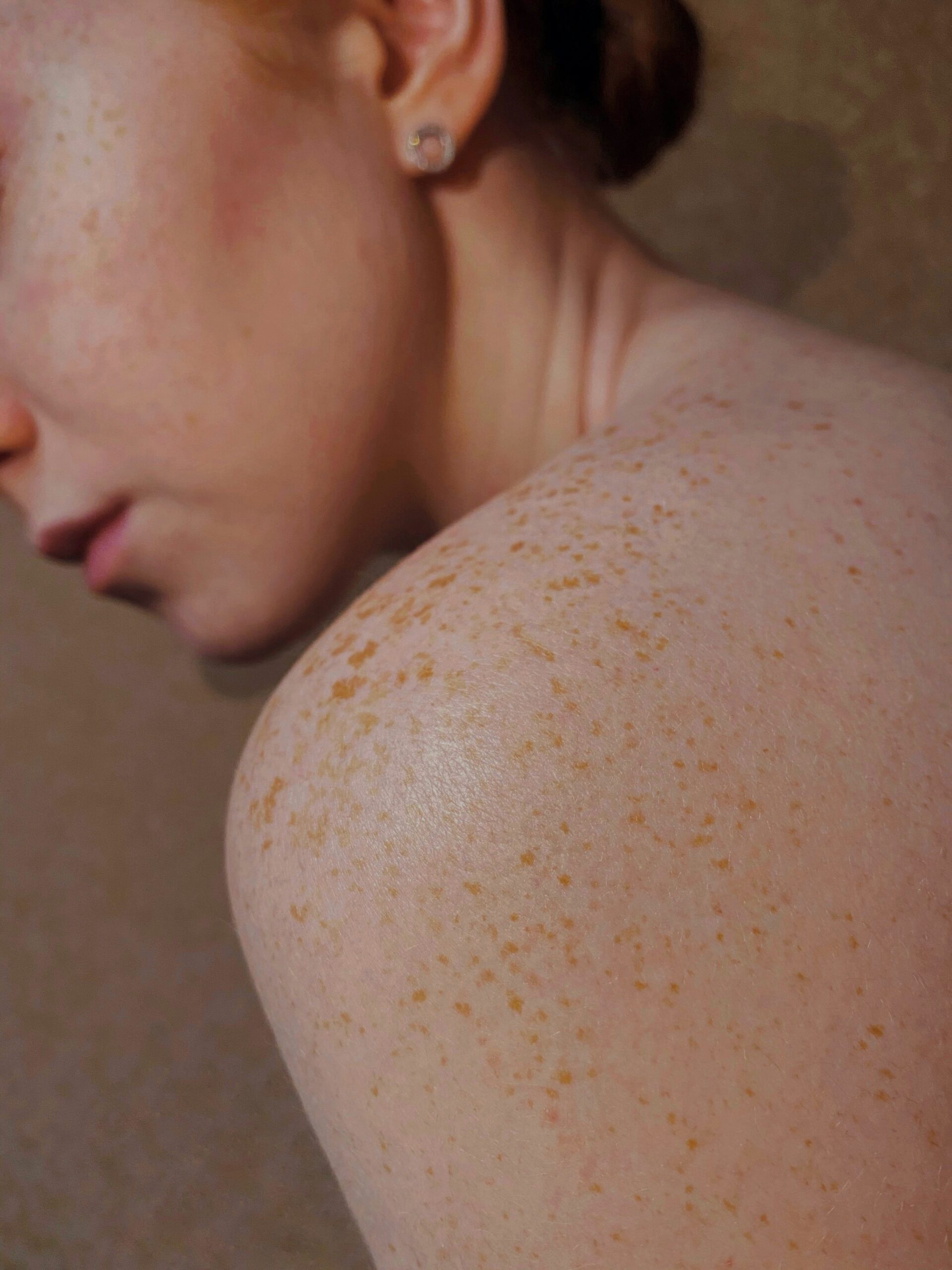
How to Fix It:
Adapt your skincare routine seasonally. In summer, use lightweight moisturizers and broad-spectrum SPF to protect against New Zealand’s intense UV rays. During winter, switch to hydrating serums, richer moisturizers, and use a humidifier if indoor air is dry. Choose climate-smart products designed to respond to local weather shifts . Your skin’s needs can change dramatically between coastal humidity and dry inland air.
Mistake #7. Skipping Patch Tests for Natural NZ Skincare
Many Kiwis assume that if a skincare product is natural, it must be safe for all skin types. But even eco-friendly ingredients like lavender oil, citrus extracts, or kawakawa can trigger reactions, especially on sensitive skin. Without patch testing, you risk rashes, inflammation, or unexpected breakouts, even when the label looks clean and green.

How to Fix It:
Always do a patch test before introducing a new product — natural or not. Apply a small amount behind your ear or on your inner arm. Wait 24 hours to observe for any signs of redness, itching, or irritation. This simple step can prevent long-term damage and help you understand how your skin reacts to new ingredients.
Final Thoughts on Avoiding Eco Skincare Mistakes in NZ
Eco skincare in New Zealand doesn’t need to be complicated — it just needs to be smart. By avoiding these eco skincare mistakes NZ and making informed choices, you’re not only protecting your skin but also supporting a more sustainable future. If you’re unsure what works best for your skin, it’s always smart to consult a dermatologist. Visit the New Zealand Dermatological Society for guidance and resources.
Want more practical skincare advice? Check out our full Eco Beauty Guide for tips, product picks, and Kiwi-tested routines.